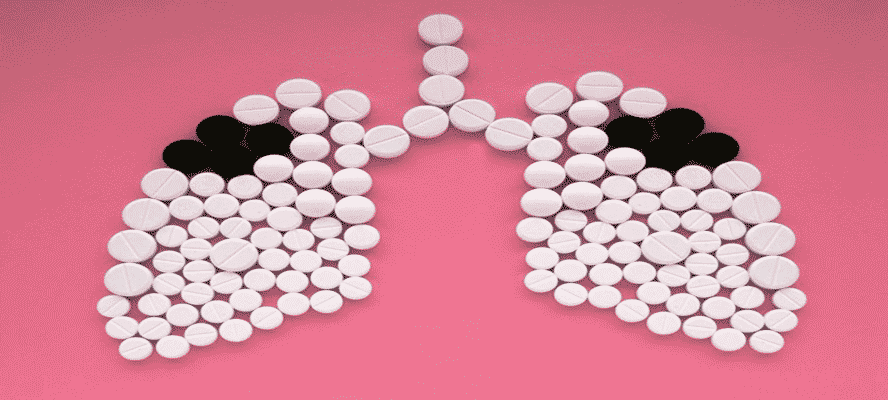Taking antibiotics when they are not needed can cause some bacteria to become resistant to the antibiotic and these resistant bacteria are in fact stronger and harder to kill. They stay in the body and are capable of causing severe illnesses that are almost incurable. One such illness is Multidrug resistant tuberculosis (MDR-TB) which is difficult to treat and has indeed become a man-made problem. While tuberculosis is hundred percent curable, often mismanagement of tuberculosis paves the way to drug resistant tuberculosis.








